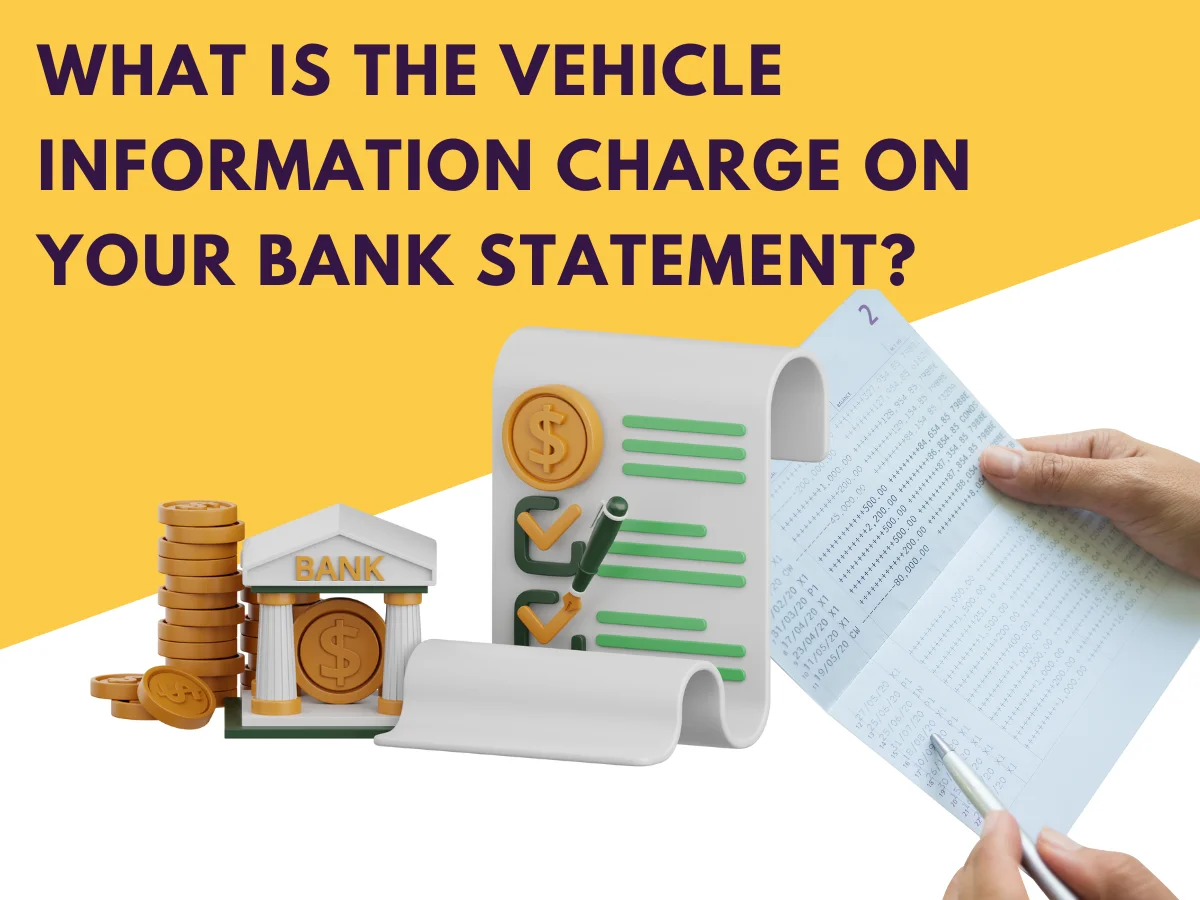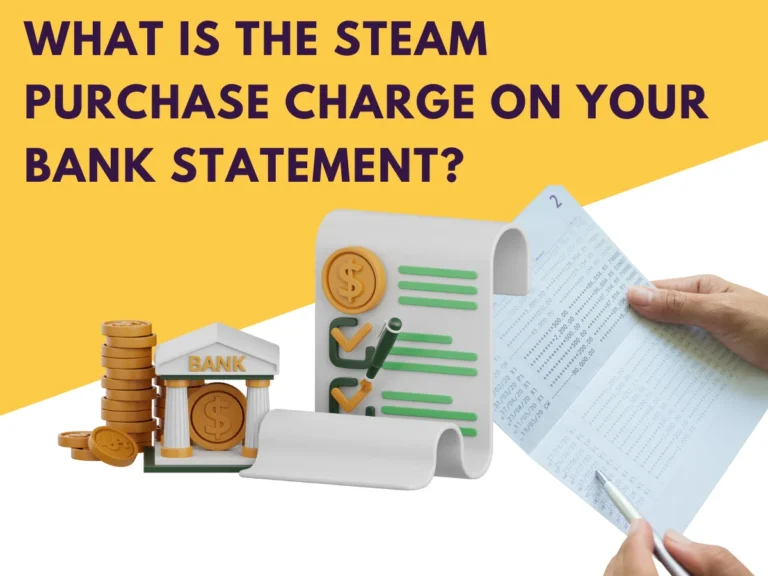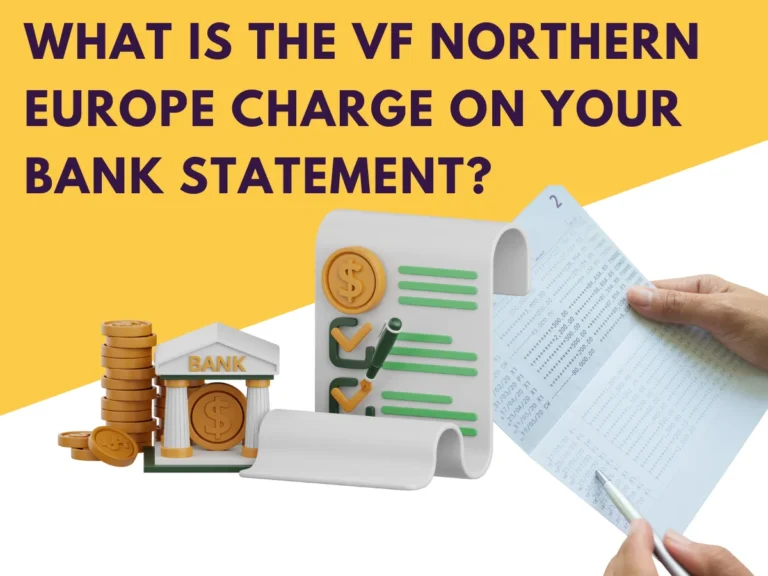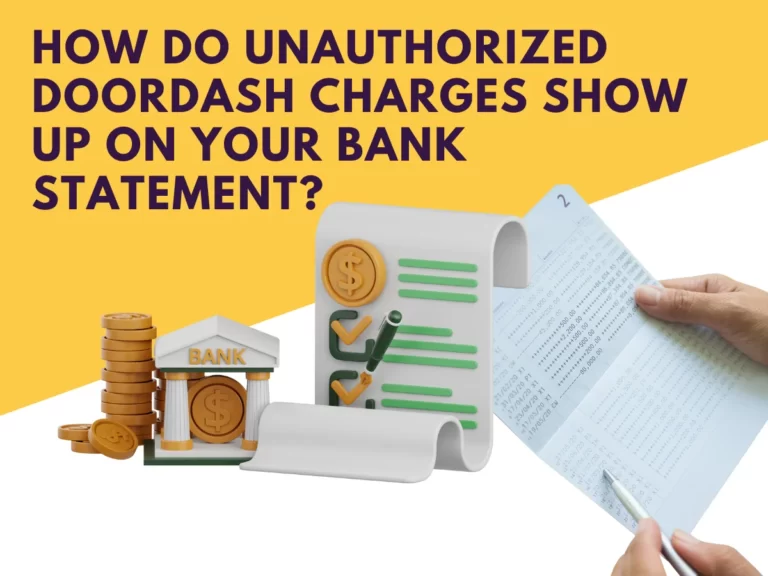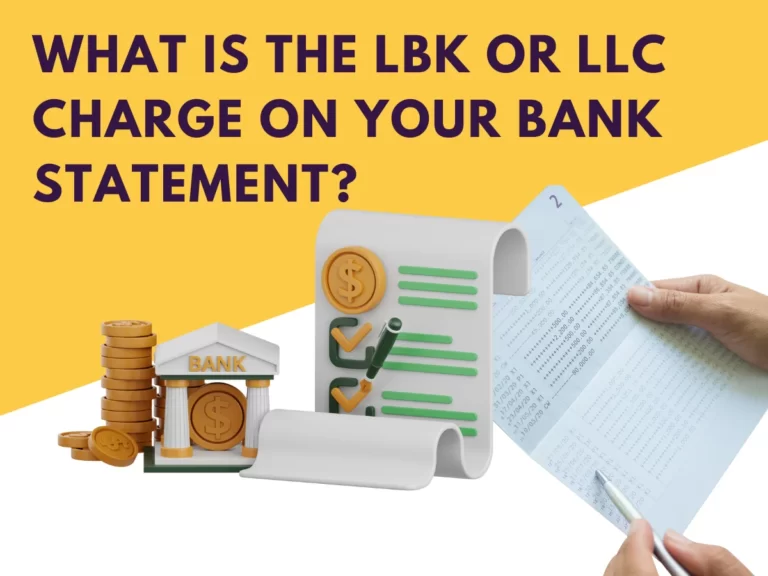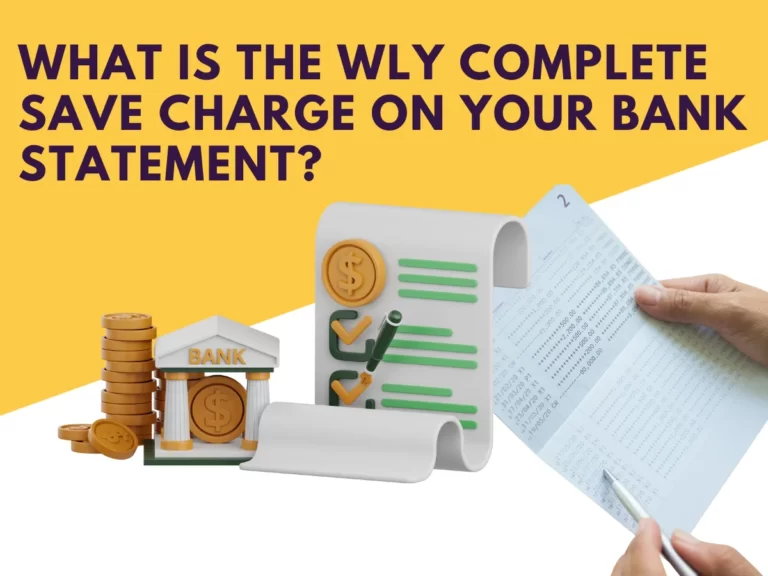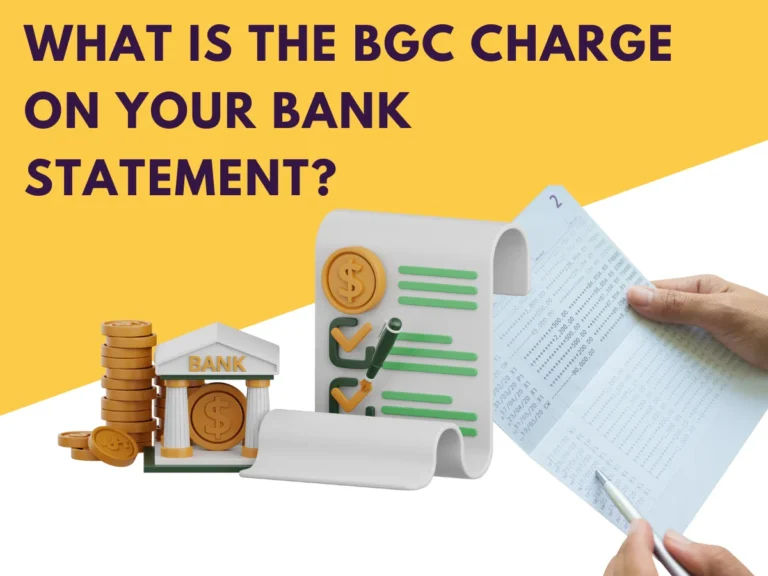What Is the Vehicle Information Charge on Bank Statement?
Have you ever noticed a mysterious charge labeled “Vehicle Information” on your bank statement and wondered what it’s all about? In this comprehensive guide, we’ll delve into the details of this charge, shed light on its legitimacy, and equip you with the knowledge to identify it with ease.
Is the Vehicle Information Charge Legitimate?
The vehicle information charge, at its core, pertains to a fee associated with acquiring essential details about a vehicle. This could include comprehensive reports regarding the vehicle’s history, identification, or specific assessments related to its condition. While legitimate services offer valuable information to potential buyers and sellers, it’s crucial to distinguish them from fraudulent schemes.
Also read WHO Internet Charge on Bank Statement.
Scammers often target individuals engaged in online vehicle transactions. Posing as interested buyers, they insist on obtaining a car history report before finalizing any deal. To lure unsuspecting sellers, scammers create websites with URLs ending in “.vin,” resembling legitimate platforms for VIN (Vehicle Identification Number) checks. However, these sites are merely fronts for fraudulent activities.
How Does the Vehicle Information Charge Look Like?
Identifying the vehicle information charge amidst a plethora of transactions on your bank statement requires attention to detail. Here’s a breakdown of how the charge might appear:
- Date: Note the date of the transaction to correlate it with any recent vehicle-related activities.
- Merchant/Transaction Description: The transaction may be labeled as “Vehicle Information,” “Car Detail Report,” “VIN Check,” or “Vehicle History.”
- Amount: Pay close attention to the price of the charge, as it can vary depending on the service provider.
To facilitate identification, banks often categorize such charges under headings like “Specialty Services” or “Vehicle Services.” Additionally, accompanying notes or reference numbers may offer further insight into the nature of the transaction.
How to Identify the Vehicle Information Charge

- Check Transaction Description
When examining your bank statement, pay close attention to the transaction description. Look for terms commonly associated with vehicle information services such as “Vehicle Information,” “Car Detail Report,” “VIN Check,” or “Vehicle History.” These specific phrases indicate that the charge is related to obtaining information about a vehicle.
It’s essential to carefully read through the transaction description to ensure that the charge aligns with any recent vehicle-related activities you may have engaged in. Take note of any discrepancies or unfamiliar terms that could signify potential fraudulent charges.
- Review Amount and Date
Cross-referencing the date and amount of the charge with recent vehicle-related activities can provide valuable context. If you recently purchased a vehicle history report or engaged in any other car-related transactions, the charge on your bank statement may correspond to those activities.
Additionally, comparing the amount of the charge to the cost of legitimate vehicle information services can help validate its authenticity. Be wary of unusually high or low charges that deviate significantly from the typical price range for such services.
- Category on Bank Statement
Banks often categorize transactions into specific groups to help customers track their spending. When identifying the vehicle information charge, look for categories such as “Specialty Services,” “Vehicle Services,” or similar classifications.
By locating the charge within these designated categories, you can quickly distinguish it from other transactions and ascertain its nature. If the charge is miscategorized or appears under a different heading, it may warrant further investigation to confirm its legitimacy.
- Website or Company Name
Legitimate vehicle history report providers typically have recognizable names or websites associated with their services. When reviewing your bank statement, identify any website URLs or company names listed in conjunction with the charge.
Conducting a quick online search can help verify the legitimacy of the website or company associated with the charge. Look for customer reviews, accreditation, or affiliations with reputable organizations to ensure that you’re dealing with a trustworthy service provider.
If the website or company name seems unfamiliar or suspicious, proceed with caution and consider contacting your bank for assistance in verifying the charge
Canceling Vehicle Information Services Online in the UK
Should you need to cancel vehicle information services in the UK, follow these steps for a hassle-free experience:
- Log into the Service Provider’s Website:
Begin by visiting the official website of the service provider where you initially subscribed to the vehicle information services. This typically involves accessing the provider’s online platform using the login credentials associated with your account.
If you’re unsure of the website’s URL or having trouble accessing your account, you can perform a quick internet search using the name of the service provider to locate their website.
Once you’ve arrived at the service provider’s website, locate the login or sign-in section. Enter your username or email address and password to access your account dashboard.
- Access Account Settings:
After successfully logging in, navigate to your account settings or subscription management section. This area of the website is where you can manage various aspects of your account, including subscriptions, billing information, and preferences.
Account settings are typically accessible from the main menu or a designated profile icon located in the top-right corner of the webpage. Look for options such as “Account Settings,” “Subscription,” or “Manage Account” to proceed.
- Find the Cancellation Option:
Once you’ve accessed the account settings or subscription management section, locate the option related to cancel your subscription or service. This may be listed under a specific tab or menu labeled “Subscriptions,” “Billing,” or “Account Management.”
The cancellation option is often accompanied by a brief description or instructions outlining the steps required to terminate your subscription. Click on the designated option to initiate the cancellation process.
- Follow the Prompts:
Upon selecting the cancellation option, the website may prompt you to provide additional information or confirm your decision to cancel. Follow the on-screen prompts carefully, reading each step thoroughly before proceeding.
Depending on the service provider’s policies, you may be asked to provide a reason for canceling your subscription or to confirm the cancellation by clicking on a verification link sent to your registered email address.
- Verify Cancellation:
After completing the cancellation process, it’s essential to verify that your subscription has been successfully terminated to avoid future charges. Return to your account dashboard or subscription management section to confirm your subscription status.
Look for confirmation messages or notifications indicating that your cancellation request has been processed. Some service providers may also send email confirmations or provide a confirmation number for your records.
Take note of any relevant information provided regarding the effective date of cancellation and any remaining billing cycles. Ensure that you retain documentation of the cancellation for your records in case of any discrepancies or future inquiries.
Conclusion
Understanding the vehicle information charge on your bank statement is pivotal in safeguarding yourself against potential scams. By discerning legitimate charges from fraudulent ones and knowing how to identify them, you can protect your financial interests. In the event of needing to cancel vehicle information services in the UK, adhering to the outlined steps will streamline the process. Stay vigilant, stay informed, and mitigate the risks associated with online transactions.
